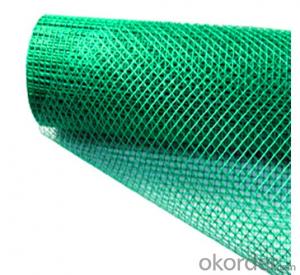Roving Fiberglass: The Thread of Structural Strength
Fiberglass, a material that has become synonymous with strength and durability, is often overlooked in its versatility. It’s not just a material for boats and cars; it’s a key component in various industries, from construction to aerospace. But what exactly is fiberglass, and how does it contribute to structural strength? Let’s dive into the world of roving fiberglass and explore its many applications and benefits.
The Essence of Fiberglass
Fiberglass, or glass-reinforced plastic (GRP), is a composite material made from fine fibers of glass. These fibers are woven together and combined with a resin to form a strong, lightweight material. The result is a material that is not only strong but also flexible, making it ideal for a wide range of applications.
A Closer Look at Roving Fiberglass
Roving is a term used to describe the process of gathering continuous glass fibers into a bundle. This bundle can then be woven into various forms, such as mats, fabrics, or even used as a standalone material. The roving process allows for greater control over the fiber’s orientation, which in turn affects the material’s strength and flexibility.
Applications Beyond the Boat and Car
While fiberglass is commonly associated with boats and cars, its applications extend far beyond these two industries. In construction, fiberglass is used for reinforcement, providing additional strength to concrete and other materials. In the aerospace industry, it’s used for lightweight components that still need to withstand extreme conditions.
The Role of Fiberglass in Construction
In construction, fiberglass plays a crucial role in reinforcing concrete structures. It’s used in a variety of forms, such as rebar or mesh, to provide additional support and prevent cracking. The use of fiberglass in construction not only improves the structural integrity of buildings but also reduces the overall weight, making it easier to transport and install.
Aerospace and Beyond
The aerospace industry relies heavily on materials that are lightweight yet strong. Fiberglass is a perfect fit for this need. It’s used in the manufacturing of aircraft components, such as wings and fuselage, where strength and durability are paramount. The material’s resistance to corrosion and its ability to withstand high temperatures make it an ideal choice for this industry.
Environmental Benefits of Fiberglass
Fiberglass also has a positive impact on the environment. It’s a non-corrosive material, which means it doesn’t rust or decay over time. This reduces the need for frequent maintenance and replacement, ultimately leading to less waste. Additionally, the production of fiberglass is more energy-efficient compared to traditional materials, contributing to a smaller carbon footprint.
The Future of Fiberglass
As technology advances, so does the use of fiberglass. Researchers are continually exploring new ways to utilize this versatile material. From improving its strength to finding more sustainable methods of production, the future of fiberglass looks bright. It’s a material that will continue to play a significant role in various industries for years to come.
In Conclusion
Fiberglass, with its unique combination of strength, flexibility, and lightweight properties, has proven to be an invaluable asset in numerous industries. From construction to aerospace, and even in environmental conservation, the applications of roving fiberglass are vast and varied. As we continue to innovate and push the boundaries of what’s possible, the thread of structural strength that is fiberglass will only become more integral to our lives.

